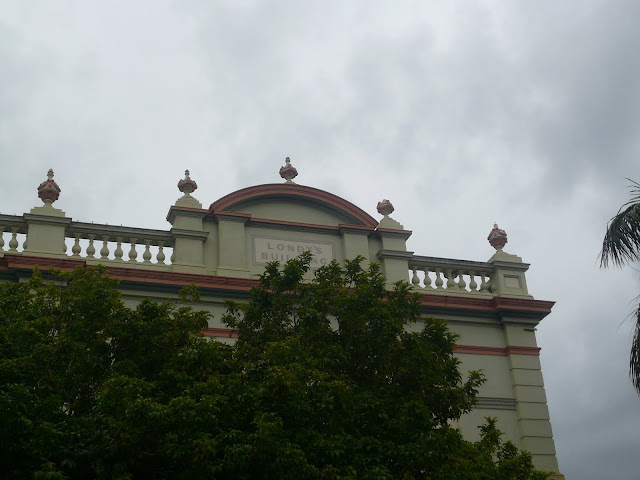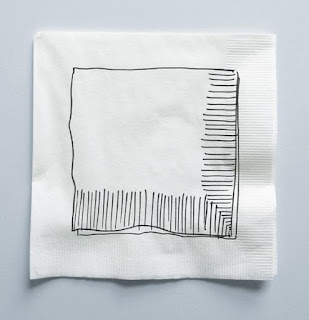How extremely blasé and obsessed has our society become with Designer merchandise. We are supposed to wear the right shoes, dresses and all the rightly named accessories.
Without thinking nations have become billboards for Nike, Pike, Sike, Like and whatever all these names mean or the merchandise produced behind it.
The name cults go much further. Simple everyday day tap ware must have the right name. I must laugh when they show a home and the owner describes proudly a tap in all its glory as a Vola 131. I am not disputing that the Vola 131 is an extremely, beautiful and handsome tap, and had its birth I think in Scandinavia in the 1950s 60s, who cares. I am amazed that people have come so far in the 21st century to be proud to have a branded tap in their bathroom or kitchen.
We are not just happy anymore, that we have water hot and cold and all shades in between to come out of a tap. No, this is certainly not enough for many. They need the glory of branded tap ware. A showerhead made by Gucci. The bathtub tried first by Prada and a toilet straight out of the designer guild of Mr. Crapper.
Long live the living billboard masses, very useful for advertisements.
© Text Ts


















































